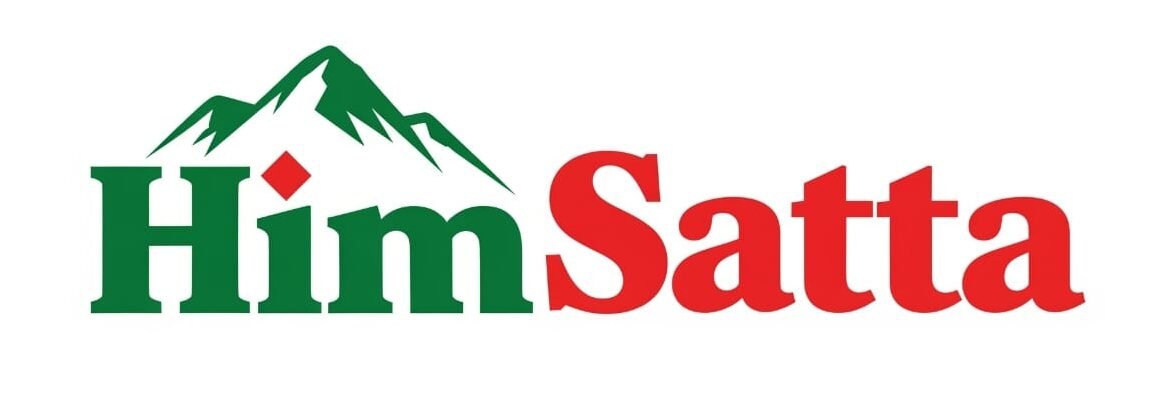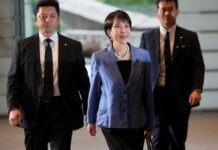Saptrishi Soni: Once imagined as the next great cosmopolitan state of the Middle East, Iran in the 1970s stood on the threshold of immense transformation. It was a country whose capital cities shimmered with modern architecture, where women walked freely without headscarves, where Western music pulsed through cafes and nightclubs, and where education and healthcare systems expanded rapidly thanks to oil wealth. That vision was not a fantasy—it was Iran’s reality under a rule that prioritized modernism, secularism, and state-sponsored development. The lifestyle mirrored that of southern Europe more than its neighboring Islamic states, and its rapid ascent in wealth and influence positioned it as a powerful regional force.
But in 1979, this course was abandoned by popular will. Amid rising economic disparities, political suppression, and religious discontent, the people chose to support a revolution that promised justice, equality, and a return to Islamic values. What followed was not just a regime change—it was the reinvention of the state under religious rule, rejecting secular nationalism in favor of a theocracy that has now shaped Iranian life for more than four decades.
This historical choice continues to haunt Iran today. Its isolation in global diplomacy, a crippled economy under sanctions, and widespread domestic dissatisfaction are all consequences of that singular decision. Iran still sits on vast oil reserves, but restrictions and lack of international trust have limited its market. Its cities once projected as the future of West Asia now contend with suppression, censorship, and controlled mobility, especially for women. Economic frustration is mirrored by cultural stagnation. What could have been a regional example of modern prosperity became a cautionary tale.
Many within Iran today are grappling with the implications of that 1979 decision. Younger generations, who only hear of what Iran once looked like, are pushing back against enforced codes, restrictions on expression, and a narrowing of global opportunities. The unrest, the protests, the desire to reconnect with a more open, outward-looking world—is a symptom of a nation questioning the trade-off it once accepted between faith and freedom.
Globally, the Iranian model has also served as a lesson. It underscores the long-term impact of politicizing religion, where state control extends into private life, and ideology is used to govern identity. The loss of secular space in political life has transformed how the state sees its people—not as diverse citizens with rights, but as followers expected to comply. That shift continues to affect Iran’s internal equilibrium and external relations.
In the context of the current Iran-Israel confrontation, the ideological roots planted in 1979 are now manifesting in dangerous ways. The revolutionary path that was once hailed by many as liberation from autocracy has instead resulted in a rigidity that now isolates Iran on the world stage, even within the multilateral platforms it belongs to. As countries like India attempt to balance their ties with both Iran and Israel amid escalating tensions, the enduring legacy of Iran’s 1979 decision becomes harder to ignore.
India’s own measured diplomacy reflects its understanding of the Iranian paradox—sympathy for its people, strategic interest in its geography and resources, and discomfort with its ideological path. While it refrains from endorsing any hardline narrative, India continues to invest in Iran’s economic projects like the Chabahar Port, even as it strengthens defence ties with Israel. This duality mirrors what many Iranians might be feeling—a desire for global integration without sacrificing identity, a hope for peace without inviting domination.
The Iran of today is the outcome of choices made in a moment of upheaval. It is a reminder that revolutions offer hope but often deliver a different reality. When a society turns entirely toward religion as the framework for governance, expecting it to answer economic, social, and political demands, the price can be the very freedoms and progress once taken for granted. The debate within Iran is no longer about restoring monarchy or defending the revolution—it is about reclaiming agency from the structures that grew from that revolution. It is, in essence, a search for a new choice.
#Iran #MiddleEast #IranRevolution #IndiaForeignPolicy #WestAsia #Geopolitics
This is an auto web-generated news web story. Image courtesy Internet





